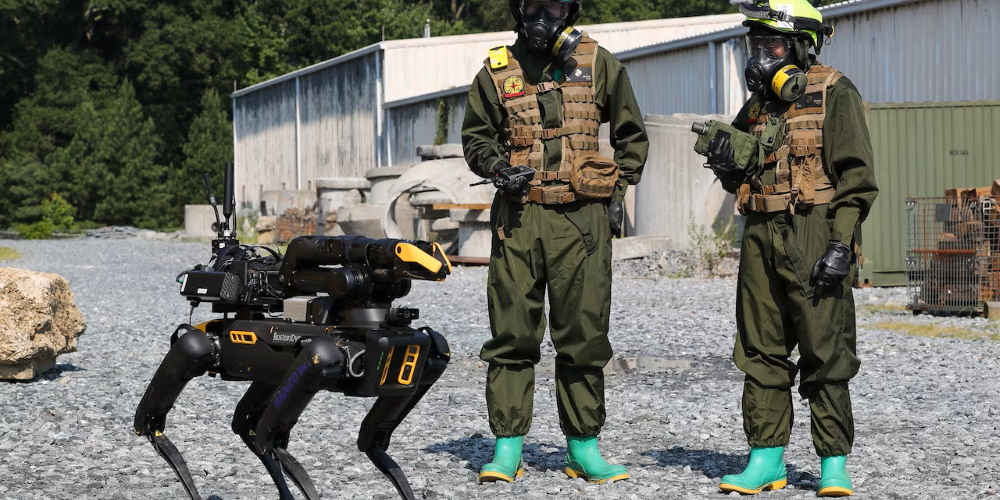Deputy Assistant Secretary of Defense for Chemical and Biological Defense Ian Watson said that the threat landscape has evolved significantly since the creation of the Pentagon’s program responsible for arming the joint force against chemical and biological risks in the wake of the Gulf War.
“Technological advances have enabled near-peer competitors to potentially engineer a broad range of agents at a speed and scale unlike decades before,” he said. “And those threats are now less detectable.”
“The capabilities across high-performance computing, [artificial intelligence], material science, and near-peer competition far exceed anything that we were dealing with [in prior conflicts],” Watson said. “We are dealing with very sophisticated capabilities that we are concerned about,” he said. “And we’re talking about if there’s ever a conflict with one of those near-peer competitions, unlike in Desert Storm, it will bring the entirety of the joint force into, and possibly susceptible to, chemical or biological attack. So, we have to protect everyone.”


